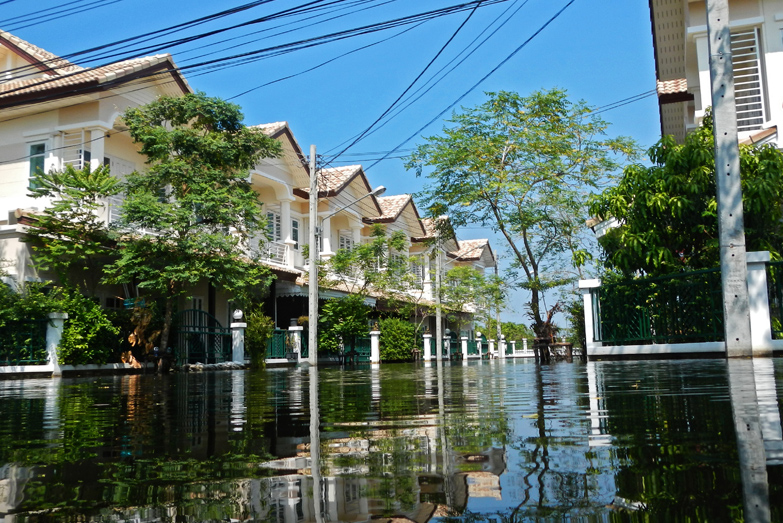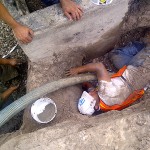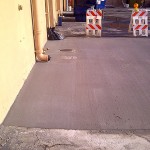
AASHTO discusses the effects of weather on both the subgrade and the wearing course of the pavement. In the new AASHTO M-E PDG, these are referred to as environmental considerations. Precipitation in the form of snow, ice, and rainfall affects the strength of soils on a seasonal basis. Likewise, moisture and temperature, in terms of freezing and thawing, have an impact on the road surface. The ability of the surface to facilitate snow clearing operations through solar absorption and its resistance to wear from clearing equipment can both factor into the type of surface selected.
ASPHALT PAVEMENTS CAN BE DESIGNED FOR ANY WEATHER
In climates ranging from the cold of Alaska to the warmth of Florida, asphalt has been specified for the vast majority of pavements. Seasonal weakening in subgrade soils can best be handled through a thickness design procedure that will provide enough stress reduction on the subgrade to prevent permanent deformation in the soil or base materials during critical periods. In the past, CBR (California bearing ratio) and R-value tests were used to obtain subgrade strength measurements in a saturated condition, which insured that the pavement thickness determination was conservative. With the AASHTO M-E PDG, thickness design focuses on the soil resilient modulus as the measure of pavement bearing capacity. The advantage of using resilient modulus is that the value may be adjusted according to season to better characterize a pavement’s responses to loads throughout its life.
As for surface characteristics, asphalt provides a variety of effective options to handle warm climates. Rut-resistant SMA and Superpave surfaces have performed very well in warm weather, as evidenced by the rutting performance of asphalt mixtures at the National Center for Asphalt Technology (NCAT) Test Track in Alabama. Over the course of 10 million equivalent single axle loads, the rut depth of all the mixtures came out to be less than 0.3 in., with the average of rutting in all the test sections being slightly more than 0.1 in. (Brown et al., 2002).
While rutting resistance is also a characteristic of open-graded friction courses (OGFCs), the main advantage of OGFCs is the ability to drain water from the road surface, increasing the skid resistance and reducing the splash and spray. This type of surface should be considered an elective, life-saving safety feature to be used whenever feasible on high-speed roadways. OGFCs have been used on freeways in cold-weather states such as Massachusetts, New Jersey, and Wyoming, and in warmer climates such as Arizona, California, Florida, Georgia, North Carolina, and Texas.
A study of the Long-Term Pavement Performance Program’s SPS-9 test sections showed that the relatively new PG (performance-graded) asphalts have resulted in improved thermal cracking resistance of asphalt pavements in cold weather (Kavanaugh, 2004). As for snow removal, asphalt pavements continuously prove their ability to resist the wear of snowplow blades, and asphalt’s dark color promotes earlier melting of ice and snow.













